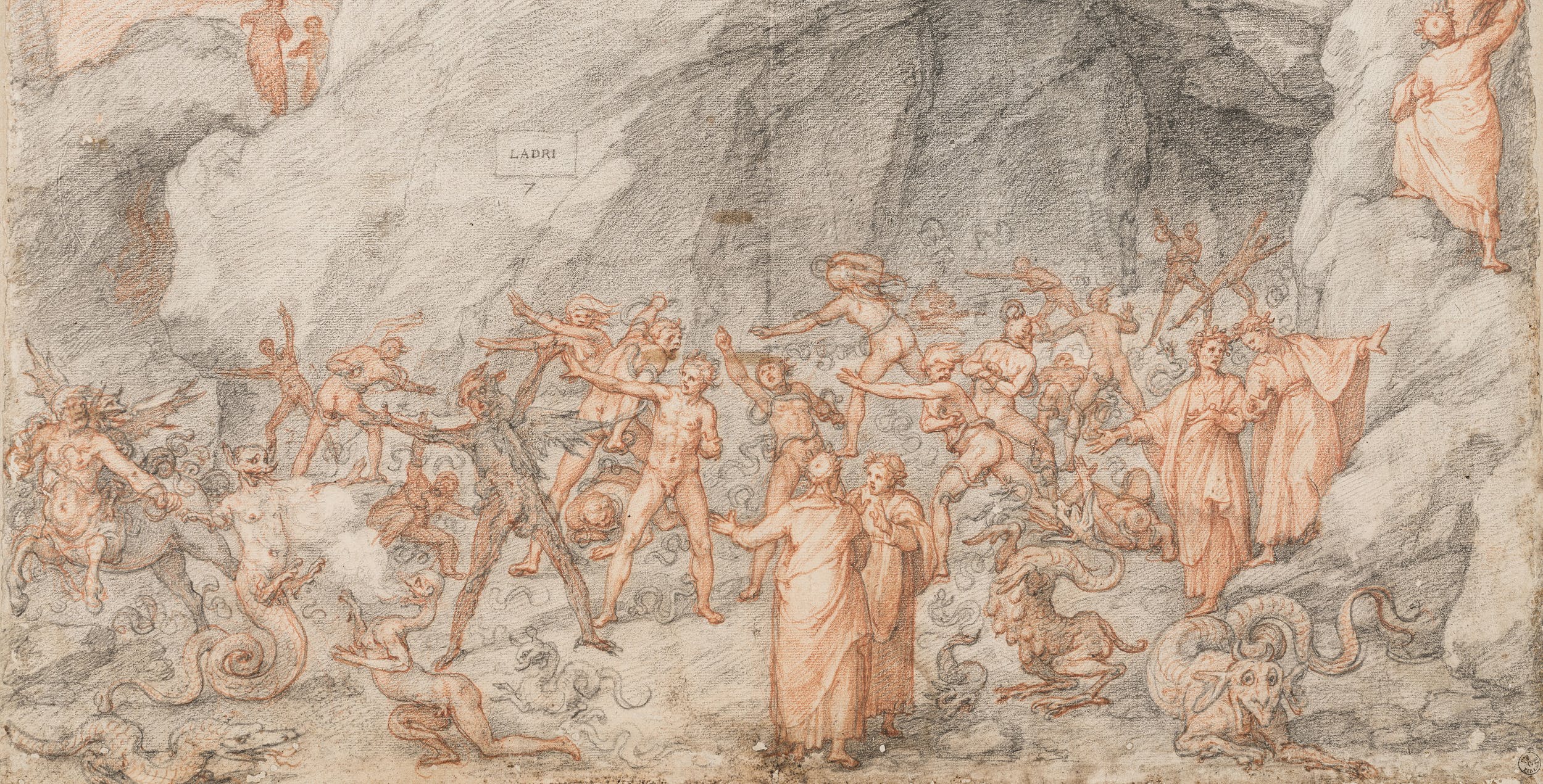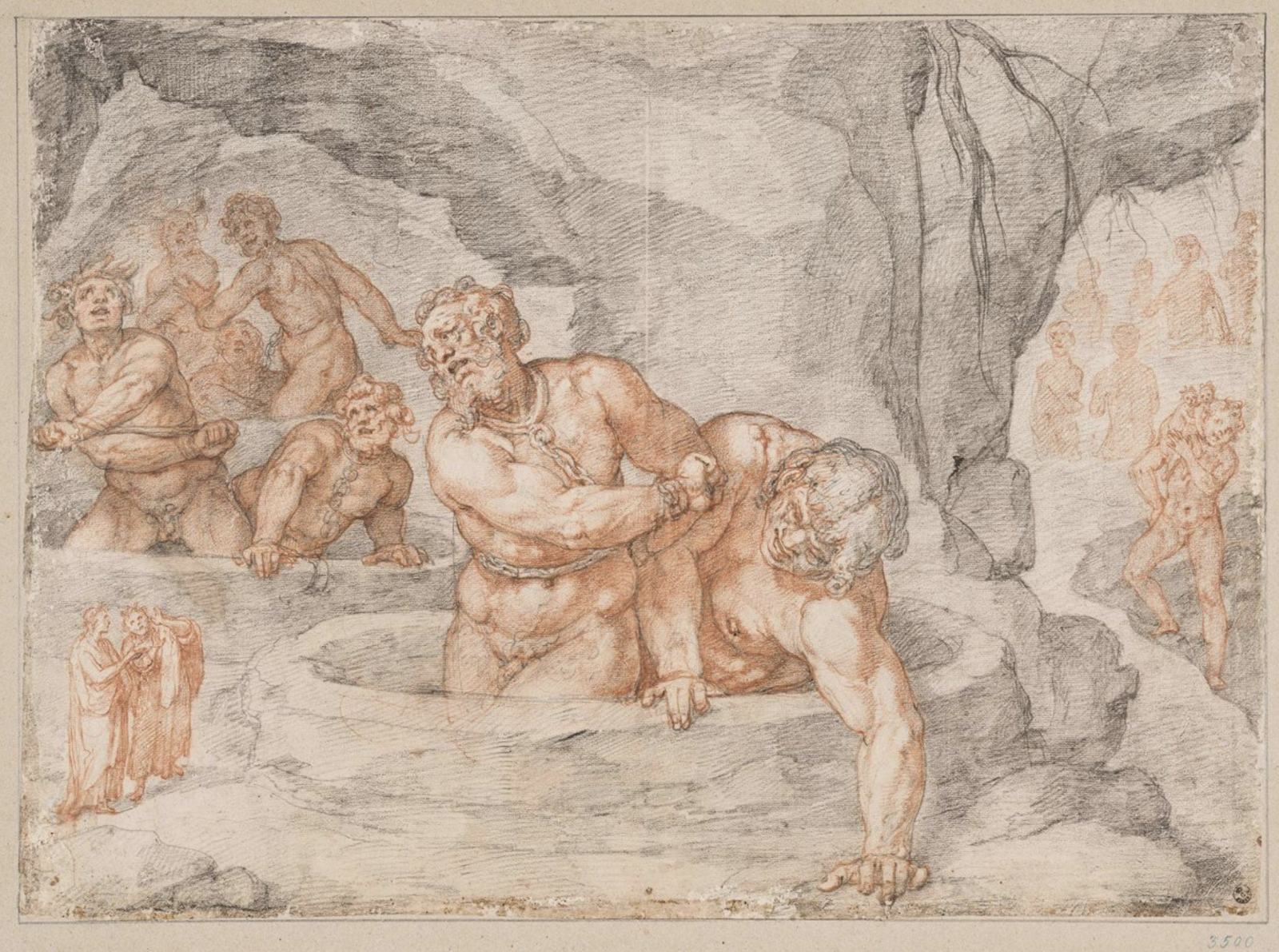By 1985, Prince had made appearances on American Bandstand and Saturday Night Live, toured the world several times, and released seven studio albums, including the groundbreaking Purple Rain and less-than-groundbreaking accompanying film, for which he won an Oscar. He had inadvertently helped launch Tipper Gore’s Parents Music Resource Council after she caught her daughter listening to “Darling Nikki.” He was a bona fide global superstar and one of the biggest-selling artists of the decade. And he had yet to give a single interview.
Well, this isn’t entirely true. During his American Bandstand appearance in 1979, the 19-year-old funk wunderkind responded to questions from Dick Clark with a few guarded, one-word answers. He also gave an interview to his high school newspaper, telling them “I think it is very hard for a band to make it in [Minneapolis], even if they’re good. Mainly because there aren’t any big record companies or studios in this state. I really feel that if we would have lived in Los Angeles or New York or some other big city, we would have gotten over by now.”
Prince got over soon enough, but he didn’t seem at all eager to talk about himself, one of the primary responsibilities of a pop star. It was as though he knew he was so good he didn’t have to advertise. Soon after the release of his seventh album, Around the World in a Day—the source of such hits as “Raspberry Beret” and “Paisley Park”—he gave an interview to Rolling Stone (who described the “Kung Fu Grasshopper voice with which Prince whispers when meeting strangers or accepting Academy Awards.”)
He also agreed to appear on a new cable television station called MTV. The interview, above, begins with the expected question, “Why were you so secretive prior to this?” Prince, surrounded by a cohort of young audience members, says he was “homesick” and pouts. Then we immediately get a better answer to the question when the interviewer asks whether Prince’s need for control came from a troubled childhood. He sneers, calls the question “horrible,” and answers a better one about how he found his musical direction and handled disagreements with his bandmates.
The tone remains strangely combative and Prince remains eerily calm, but his expressive face registers irritation and amusement. “I strive for originality in my music,” he says. He also “remembers how he was influenced by James Brown after dancing on stage with him at just 10 years old, touches on comparisons to musicians like Jimi Hendrix and answers provocative questions about ‘selling out to white audiences’ with Purple Rain,” writes the Vinyl Factory. Watch the full interview above and see if you can better understand why Prince avoided interviews, or why interviewers tried so hard to box him into stereotypical roles.
Related Content:
Read Prince’s First Interview, Printed in His High School Newspaper (1976)
The Prince Online Museum Archives 16 of Prince’s Official Web Sites, Spanning 20 Years
Josh Jones is a writer and musician based in Durham, NC. Follow him at @jdmagness









